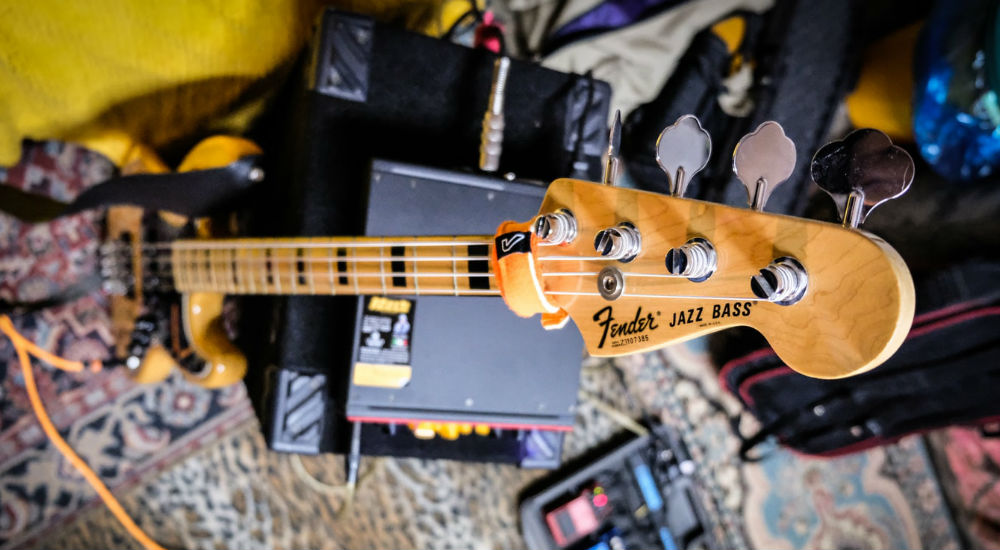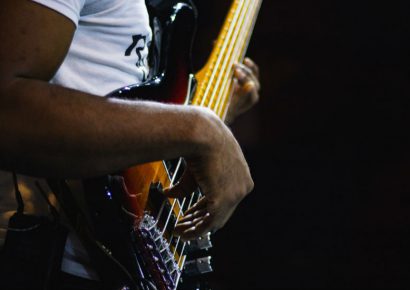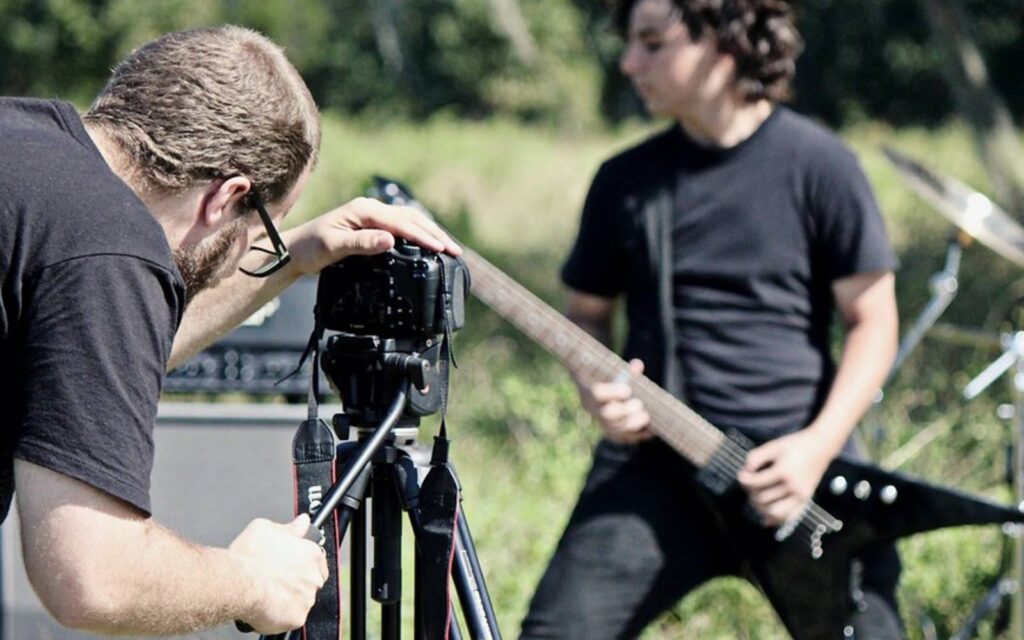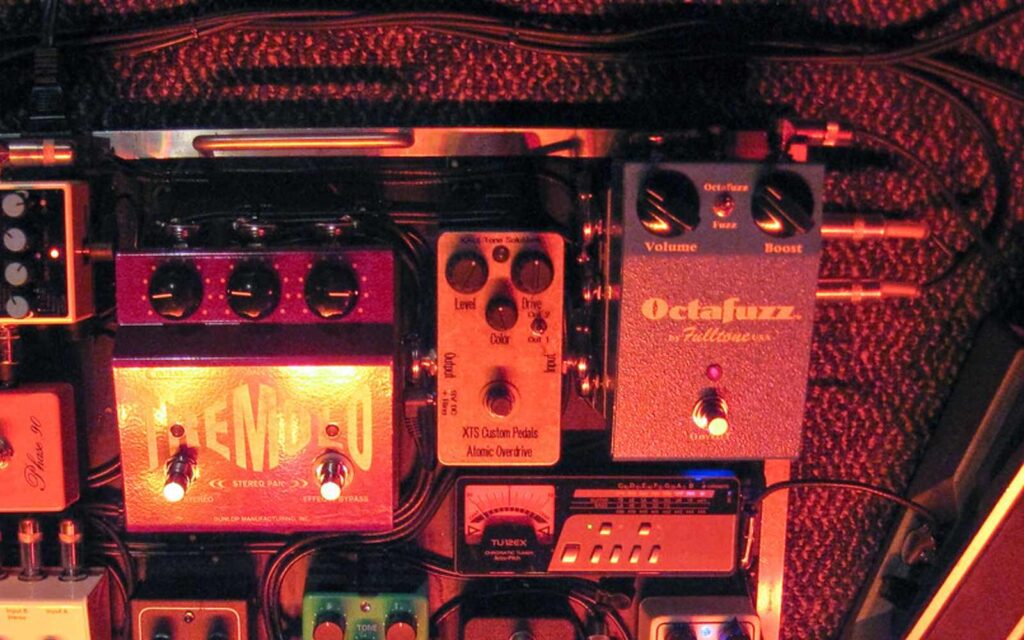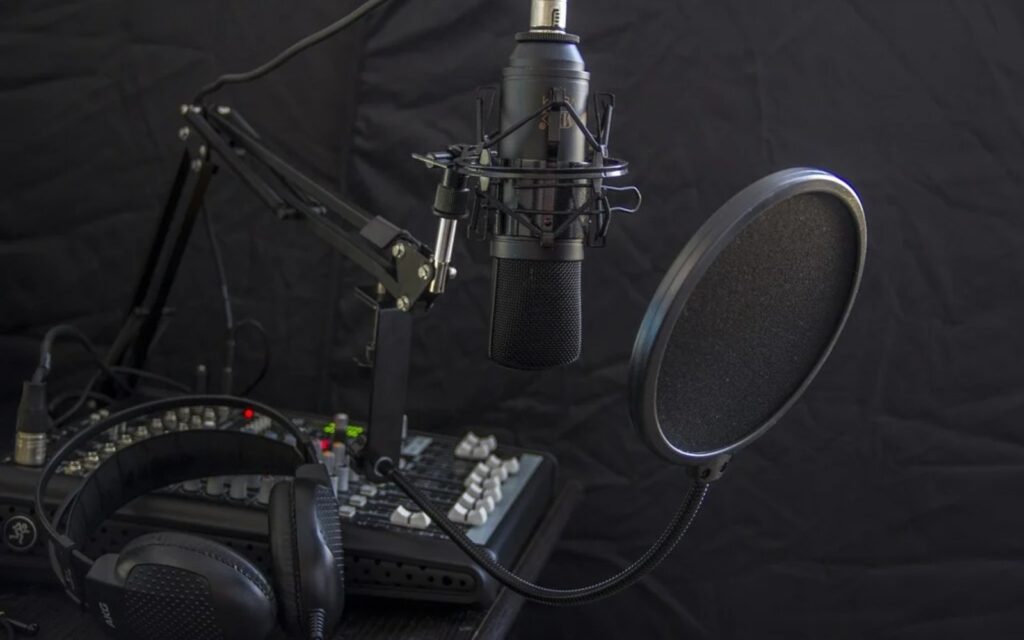Figure A – Walking Bassline
Based around an Am sound, play Figure A with a swing feel at a slow-ish tempo. Walking basslines should be a staple of any capable bass player and this example could be played on double bass or electric with flat wounds to really emphasise the round, thuddy sound. Can be used for anything from a sophisticated sound (wine bar, upmarket party, expensive car) to mysterious sounds for Police/Detective shows or incidental moods.
Figure B – Root and 5th
Country music (along with rock/blues/funk etc) often utilise the root and 5th sound. It adds some movement and variation rather than just staying on the one note and is a great tool to be familiar with. This example starts on C, moves to D and then finishes on G (so uses the 1, 4, 5 but in a different order). You could try slow and dirgey or up tempo for more rollicking sounds. Lots of modern pop has used this sound too thanks to the acoustic guitar/DJ type electronic genre.
Figure C – Ambient Semiquavers
Steady semiquavers are often found in rock and metal… but they’re a handy tool for ambient background sounds also. Bubbling along underneath a synth pad or soundscape they can state some harmony and tempo without needing a full rhythm section and band. Try a pick and add chorus or phaser or use fingers and experiment with dynamics and right hand placement (bridge or towards the neck).
Figure D – Majestic/Moody/Dramatic
Figure D uses a repetitive rhythmic figure that descends harmonically and ends with eight semi quavers. This could be double with percussion or mallets for a subtle sound or doubled with more raucous instrumentation to contrast the tied notes and space. Plaintive, reflective scenes or slow motion effects might be appropriate or even quicker tempo electronic soundscapes with pulsating synths and digital noises.
Bass can be a very useful starting point for building screen music. As mentioned earlier it can state harmony or pedal through changes, it can be static or syncopated rhythmically and it can be laid back and unobtrusive or abrasive and gnarly. Don’t be afraid to combine genres and sounds and dig into your tonal palette also to really get creative.
Check out last month’s bass column here.
